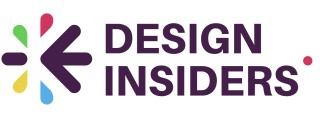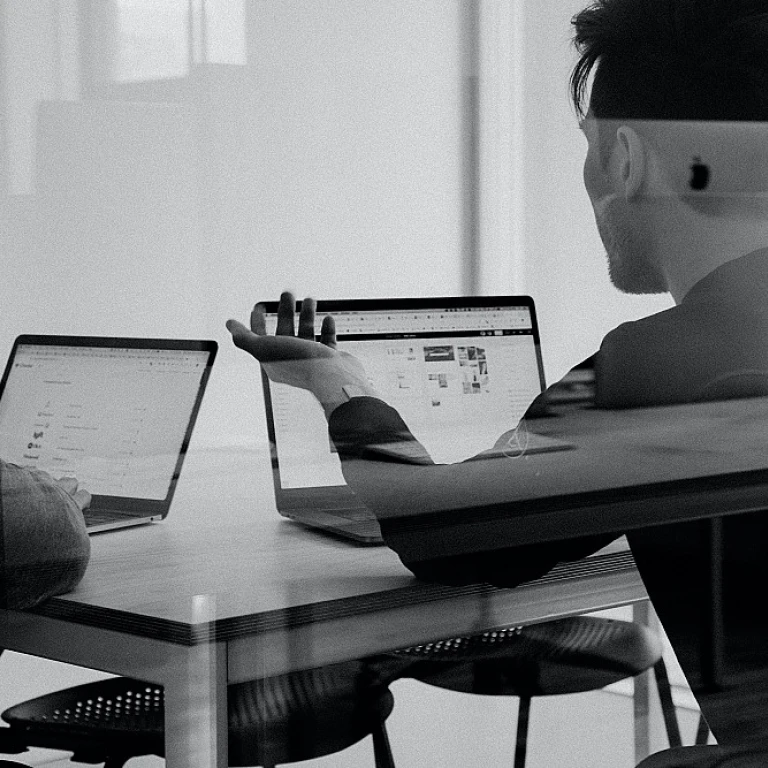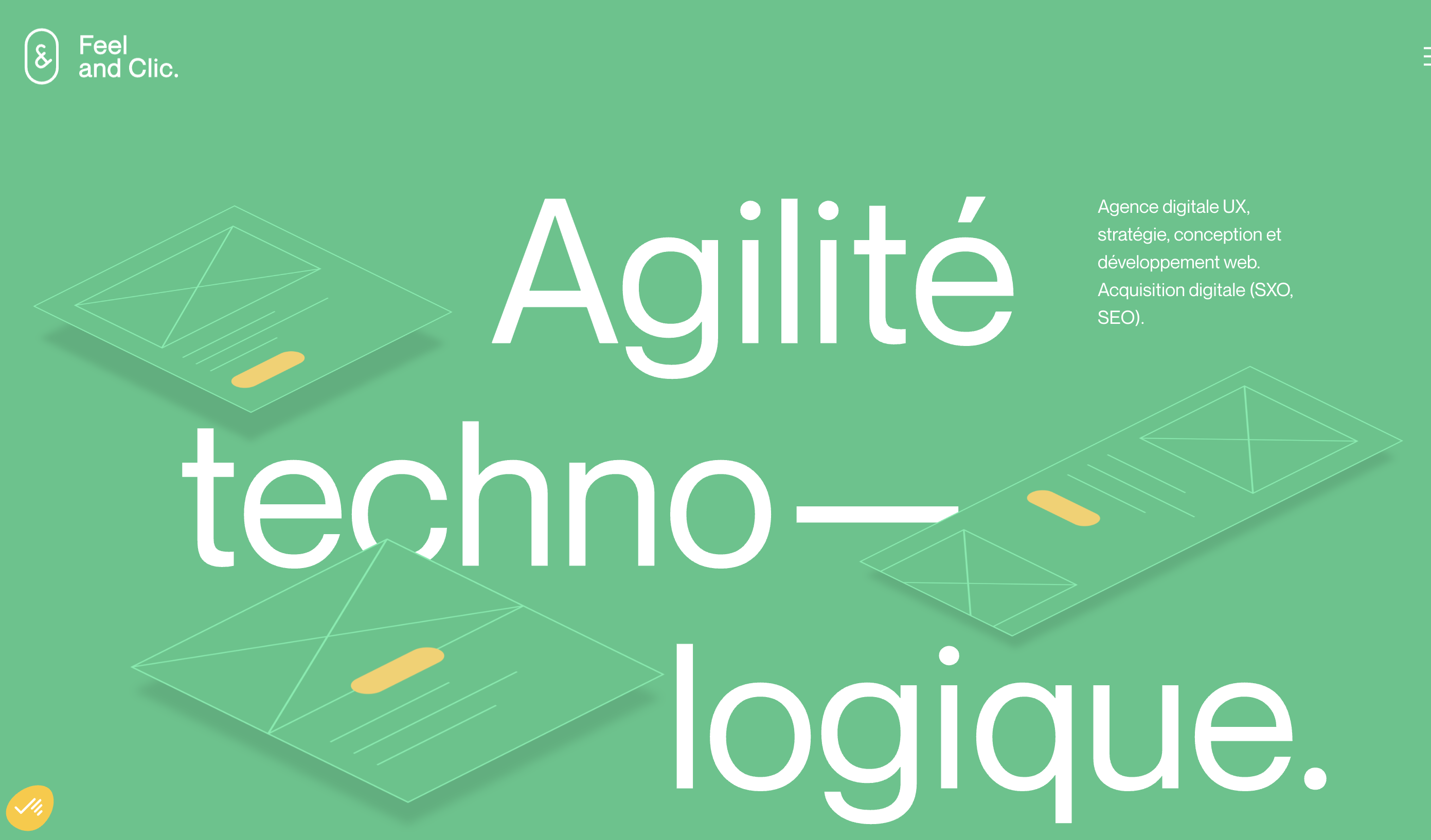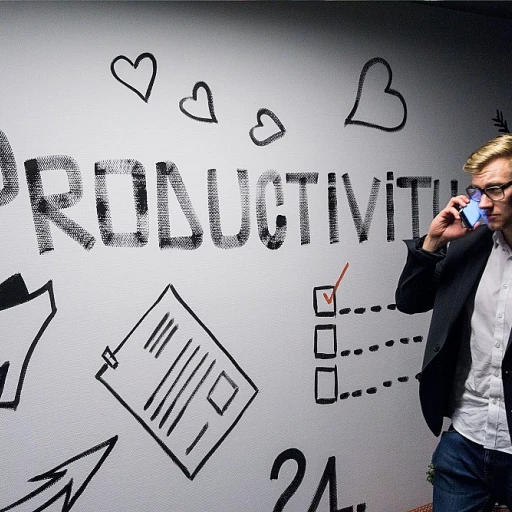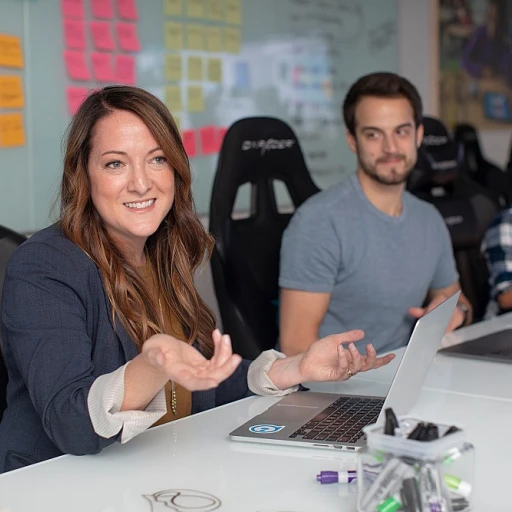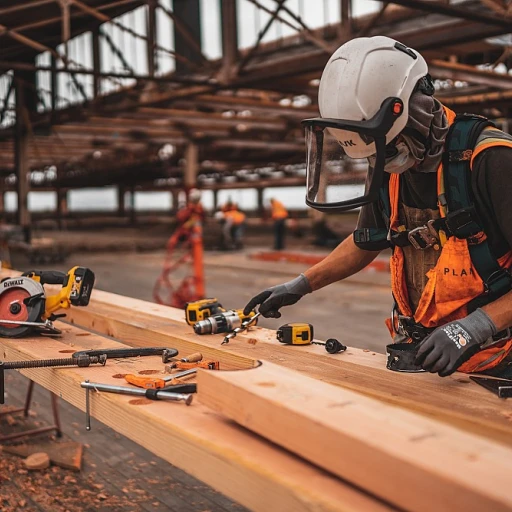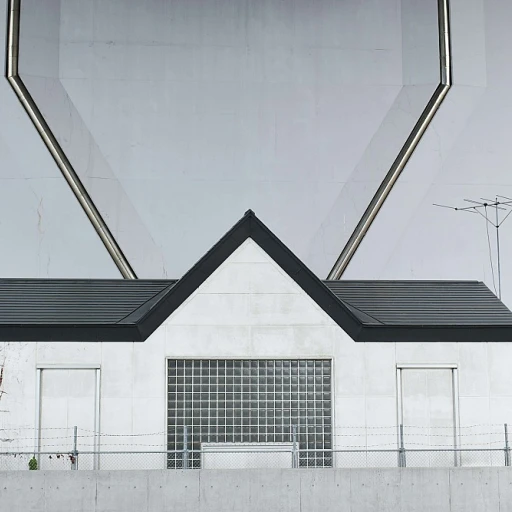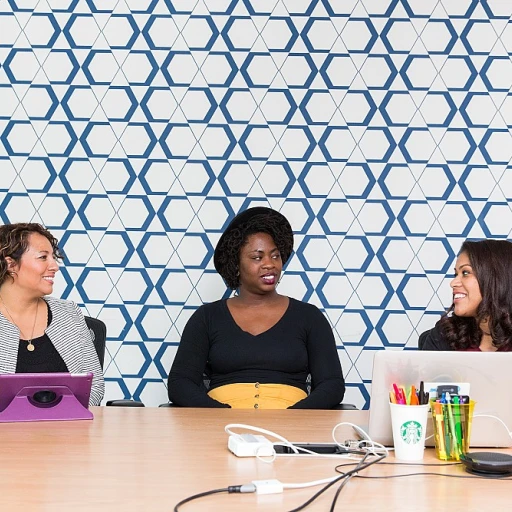
Understanding the Stagnation in Brainstorms
Identifying the Causes of Creative Stagnation
In the world of design, brainstorms are meant to be a free-flowing exchange of ideas, yet they often hit a wall. Understanding why this happens is the first step in reigniting creativity. One main reason for stagnation is the lack of fresh perspectives. When the same group of people meets repeatedly, they tend to recycle ideas, leading to a creative freeze.
Another factor is the environment. A dull or uninspiring setting can stifle creativity. It's important to find a space that encourages free thinking and allows participants to feel at ease. This will be explored further in the role of environment in brainstorming.
Time constraints also play a significant role. Rushed sessions can lead to stress, which is counterproductive to creativity. Allowing ample time for ideas to develop can make a great difference.
Recognizing the Impact of Group Dynamics
Group dynamics can either enhance or hinder the brainstorming process. When team members feel they can't express their ideas freely, creativity suffers. Encouraging a culture where every comment is valued can help break the ice and add a touch of openness to the session.
It's also crucial to learn how to manage dominant personalities that may overshadow quieter voices. By doing so, you ensure that all ideas, no matter how small, are given the attention they deserve.
Exploring Solutions to Overcome Stagnation
To overcome these challenges, consider incorporating exercises that promote creativity. These exercises can be simple yet effective in breaking the ice and encouraging new ways of thinking. Additionally, leveraging technology can provide access to a wider range of tools and resources, enhancing the brainstorming experience.
For more insights on how to personalize your approach to brainstorming, you might find this article helpful. It provides details on tailoring strategies to fit the unique needs of your team.
Techniques to Reignite Creativity
Reviving Creativity in Stagnant Meetings
Creativity slumps in brainstorming sessions are common but not insurmountable. With the right strategies, it's possible to inject new life into these discussions. One effective method is to introduce disruptive thinking exercises. These activities challenge regular thought patterns, encouraging participants to break free from conformity and explore new avenues. Mind mapping and role-playing can be particularly useful here, prompting teams to think laterally and expand their horizons. Furthermore, setting concise, clear objectives before diving into the brainstorm can create a sense of purpose. When every participant understands the goal, it’s easier to align their thoughts and ideas toward innovation. Periodic use of "what if" scenarios can also jolt the mind into overdrive. These hypothetical situations stir curiosity and often lead to unexpected, original ideas that might otherwise remain uncovered. Don't underestimate the power of scheduled breaks. Allowing time for reflection or other non-task-specific activities provides a mental reset, enabling participants to return fresh and energized. Lastly, evaluate how past sessions have unfolded to understand which techniques sparked the most engagement or led to valuable outcomes. This retrospection aids in refining future sessions, ensuring they remain productive and full of creative potential. For more insights on evaluating and improving brainstorming effectiveness, check out this evaluation framework guide. By adopting these methods, redesigning creativity in brainstorming doesn’t have to be daunting; it can be a rewarding transformation process.The Role of Environment in Brainstorming
Transforming Your Space for Dynamic Brainstorms
When it comes to sparking creativity, the physical setting of a brainstorming session is often underestimated. The right environment can significantly boost idea generation and ensure that creativity flows more freely. Consider incorporating a variety of spatial arrangements to see what best supports collaborative ideation.
First, assess the current layout. Is it conducive to open dialogue and spontaneous interactions? Flexible seating arrangements, such as movable chairs and tables that can be easily reconfigured, promote engagement and make it easier for participants to communicate. A clutter-free space with good lighting and a mix of natural elements such as plants can also help in creating a positive ambiance that stimulates the mind.
Additionally, integrating technology can further enhance your brainstorming sessions. Consider using tools for digital collaboration. These tools help teams capture ideas seamlessly and share them in real-time with remote participants, extending the environment beyond the physical.
A creative environment isn't just about physical arrangements; it's also about fostering an inclusive atmosphere. Encourage contributions from all attendees, tapping into diverse perspectives which can lead to more innovative outcomes. This inclusivity can transform the session from just a meeting into a vibrant, idea-generating powerhouse.
For a more structured transformation, you might want to explore organizational frameworks that can help structure your sessions. Platforms like optimizing your design workflow offer comprehensive solutions that can enhance the productivity of your brainstorming processes.
Leveraging Technology for Enhanced Brainstorms
Harnessing Technology to Boost Brainstorming Sessions
Incorporating technology into brainstorming sessions can dramatically enhance creativity and productivity. Digital tools can facilitate idea generation, organization, and visualization in ways that traditional methods may not. Here are some strategies to consider:
- Digital Whiteboards: Tools like Miro or MURAL offer collaborative spaces where teams can simultaneously jot down ideas, organize thoughts, and build upon each other's contributions in real-time. This can be particularly useful for remote teams aiming to maintain a dynamic idea flow.
- Idea Management Software: Platforms such as Trello or Asana don't just facilitate task management but can also serve as repositories for ideas. This ensures that brainstormed concepts don’t get lost and can be easily revisited and developed further.
- Mind Mapping Tools: Utilizing mind mapping software can help visually organize thoughts and identify connections between different ideas. This visual aspect can spark creativity and lead to innovative solutions.
Technology's role in enhancing brainstorming is multidimensional. It not only makes sessions more interactive but provides a mechanism to document and develop ideas systematically. As previously explored, diverse perspectives enhance brainstorming, and technology can connect individuals across the globe, bringing varied insights into one cohesive session.
Incorporating Diverse Perspectives
Diversity Fuels Innovation in Brainstorms
In the pursuit of thawing stagnant brainstorming sessions, incorporating diverse perspectives can be a game changer. Creativity thrives in environments where various viewpoints converge, leading to rich and innovative ideas. To capitalize on this, it’s essential to assemble a group that offers a blend of backgrounds, experiences, and skills.
When diverse minds come together, they inspire each other to think outside the box. This amalgamation of perspectives not only rejuvenates creativity but also enhances the problem-solving process. The interplay of different cultural contexts, professional experiences, and personal insights ignites fresh ideas that might otherwise remain unexplored.
Furthermore, encouraging open dialogue and fostering an inclusive atmosphere is crucial. This means creating a safe space where all participants feel comfortable expressing their ideas, however unconventional. It’s also beneficial to acknowledge the value of each contribution, reinforcing the idea that every perspective is valuable. By doing so, you not only enrich the brainstorming session but also cultivate a team culture that values diversity, ultimately fostering innovation.
In practice, consistently integrating diverse perspectives into your brainstorming sessions could involve inviting guest participants from outside your immediate team or collaborating with departments outside your own. This exchange can lead to groundbreaking concepts, making your brainstorming sessions not only more productive but also more exciting and engaging.
Measuring the Success of Revitalized Brainstorms
Evaluating the Impact of Creative Revival
Understanding how to measure the effectiveness of rejuvenated brainstorming sessions is essential. It's not just about identifying the right ideas, but also quantifying the enhanced productivity and motivation they've stirred. Here are some key factors to consider:- Idea Quality: Evaluate the originality and feasibility of the ideas generated. Are they fresh and practical solutions to the challenges you’re addressing?
- Team Engagement: Monitor the level of participation and enthusiasm during sessions. Has there been an increase in the number of contributions and the diversity of perspectives shared?
- Innovative Implementation: Track how many of these ideas are taken forward into actionable projects or initiatives. The success of this conversion often reflects the vigor infused into brainstorming.
- Feedback Loop: Collect feedback from participants about what worked well and what can be improved. This continuous feedback mechanism can guide future sessions, helping to further refine techniques and approaches.
